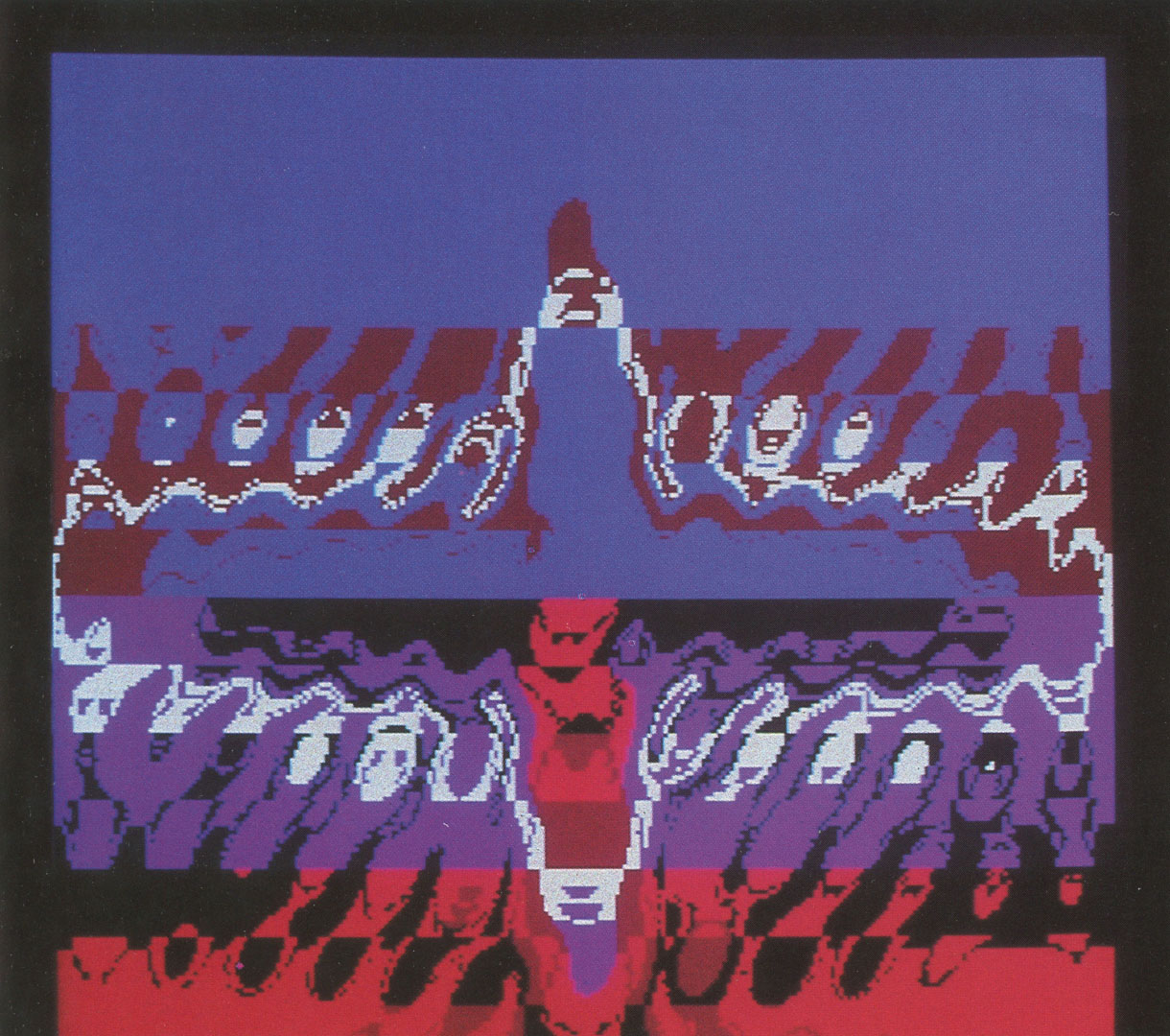
It has also been noted early on that the number of nucleoli per nucleus can vary greatly, from one or a few located in chromosomal loci, termed nucleolar organizers, to more than a thousand amplified extrachromosomal nucleoli in certain amphibian oocytes ( Hadjiolov, 1985).

Schleiden of the nucleolus as a large and constitutive nuclear organelle common to all biosynthetically active animal and plant cells (reviewed by Franke, 1988 Gerbi, 1997 Pederson, 1998), this distinct, mostly spheroidal structure has attracted the special interest of cell biologists. We propose that protein NO145 contributes to the assembly of a karyoskeletal structure specific for the nucleolar cortex of the extrachromosomal nucleoli of Xenopus oocytes, and we discuss the possibility that a similar structure is present in other cells and species.Įver since the discovery (1835–1838) by R. Immunolocalization studies at the light and electron microscopic level have shown that protein NO145 is exclusively located in a cage-like cortical structure around the entire nucleolus, consisting of a meshwork of patches and filaments that dissociates upon reduction of divalent cations. Antibodies specific for this protein have allowed its recognition in immunoblots of karyoskeleton-containing fractions of oocytes from different Xenopus species and have revealed its presence in all stages of oogenesis, followed by a specific and rapid degradation during egg formation. The amino acid sequence of this polypeptide with a SDS-PAGE mobility corresponding to M r 145,000 has been deduced from a cDNA clone isolated from a Xenopus laevis ovary expression library and defines a polypeptide of 977 amino acids with a calculated mass of 111 kDa, with partial sequence homology to a synaptonemal complex protein, SCP2.

Here, we report the molecular characterization of a novel protein, NO145, which is a major and specific component of a nucleolar cortical skeleton resistant to high salt buffers. Although a number of nonribosomal proteins involved in ribosome formation have been identified, the elements responsible for the shape and internal architecture of nucleoli are still largely unknown. The nucleolus is a ubiquitous, mostly spheroidal nuclear structure of all protein-synthesizing cells, with a well-defined functional compartmentalization.


 0 kommentar(er)
0 kommentar(er)
